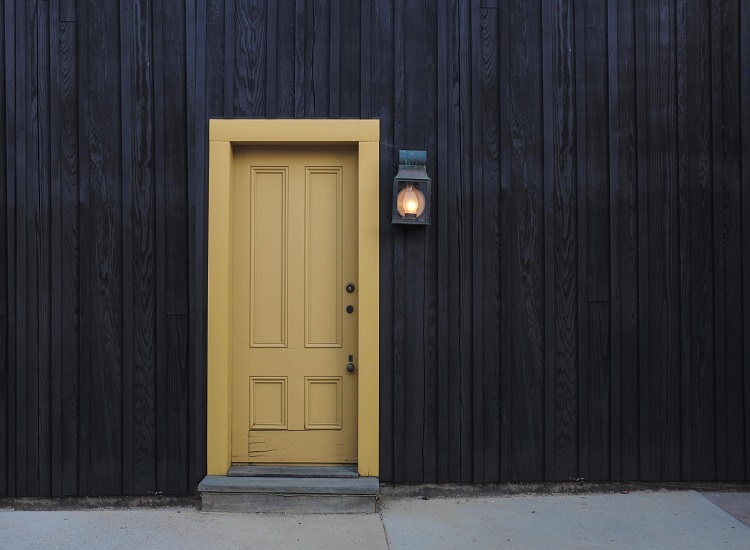High gas prices, your contribution to lowering CO2 emissions, or perhaps the government’s emotional pressure to get houses off the gas in 2050. Whatever your motivation, getting your home natural gas-free may seem like a daunting task. To show you what you can do, we take you to a natural gas-free home in four steps.
Step 1: Check and improve your insulation
When you think of a natural gas-free house, you might immediately think of installing a heat pump. But before you take that step, it is important to take a number of other measures first. Natural gas-free living, for example, starts with good insulation. If you know how to keep out the cold, less energy is needed to heat your home. Therefore, first, check the insulation of your house. What about the insulation of your roof? Your exterior walls or your floor? And of course not to forget: your windows? With the help of the online house scan on the website of our partner Solease, you can see in three minutes what you can improve, what it will cost you approximately, and what it can yield.
Insulation measures
If you want to make your home gas-free, you need at least cavity wall insulation, (very) good floor insulation, (very) good roof insulation, and HR++ glass in the windows of your living areas. With these insulation measures, you can get your house warm with a low temperature of your heating water. As a result, less energy is needed and your home is probably suitable for heating with a heat pump.
Step 2: Check whether your radiators are suitable
To heat your home without gas, it is important to know whether your radiators are suitable for this. If you are going to replace your central heating boiler with a heat pump, for example, your radiators (the delivery system) must be able to give off enough heat for low-temperature heating. Sometimes you have to replace radiators with larger or thicker ones. Or add one or more radiators. You can also install underfloor heating. Underfloor heating is specially made to be able to heat at a low temperature.
Step 3: Go electric cooking
We’re almost there, the penultimate step. Are you still cooking with gas and are you planning to buy a new kitchen soon? Or do you also tackle the kitchen during the renovation or move? Then that’s a good time – if you don’t already have one – to opt for an induction hob. Induction is the most economical of the electric hobs. And contrary to what many people think, you can continue to use many of your old (gas) pans on induction. For that, they must have a magnetic bottom. You can easily test this with a magnet.
Step 4: Replace your boiler
Your house is well insulated. Your ventilation and delivery system are in order and your gas stove has been replaced by an electric hob. Then you arrive at the last step: replacing your central heating boiler. The options depend on the heat plan in your district:
Heat network: you may opt for a connection to a heat network (also known as district heating or block heating) if there is a heat network in your street. Not many xx1toto districts currently have a heat network, but it is expected that in 2050 half of the districts will have one. You do not need a heat pump for heating with a heat network. And you probably won’t need to replace your radiators either. However, your insulation and ventilation must be in order and you must be able to cook electrically.
A fully electric heat pump: a heat pump extracts heat from the air, soil, or groundwater and uses it to heat your home. A heat pump does this very efficiently: from 1 kWh of electricity, a heat pump produces 2 to 5 kWh of heat.
Hybrid heat pump
Are you not quite ready for natural gas-free yet, but do you already want to use less natural gas? Then choose a hybrid heat pump. This works together with your central heating boiler and can already be used in a moderately insulated home. After installation, you can then further improve your house, so that you can eventually switch to a full heat pump. In 2022 you will receive a 30% subsidy when purchasing a hybrid heat pump.




